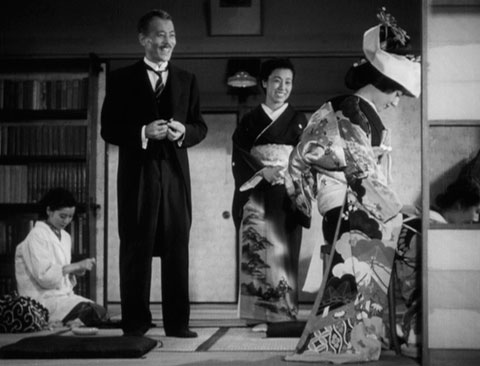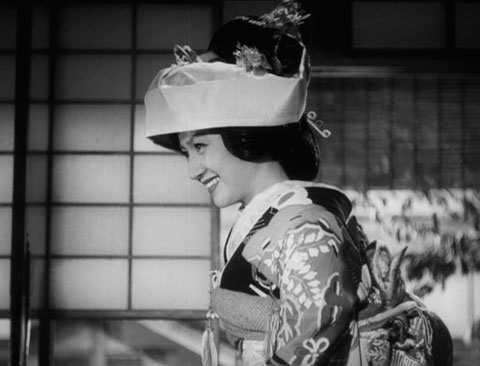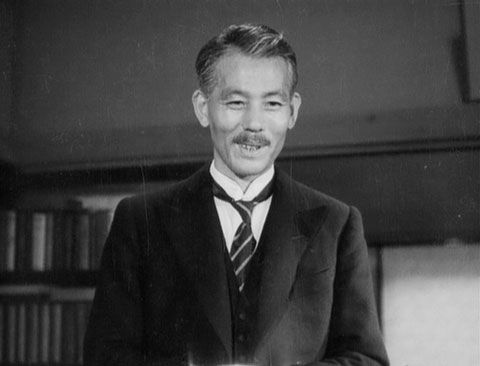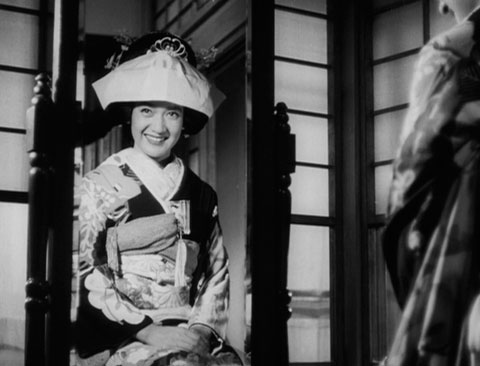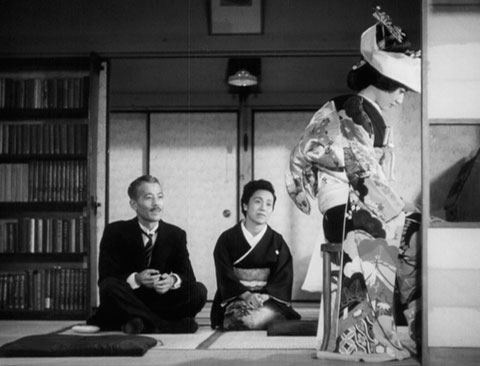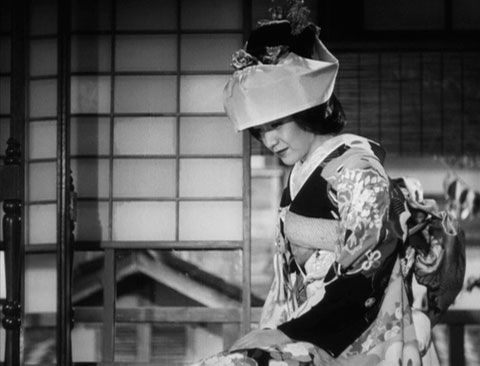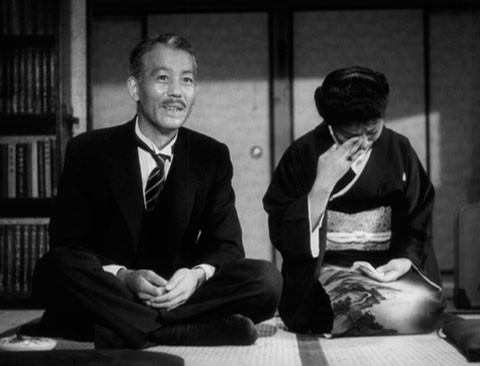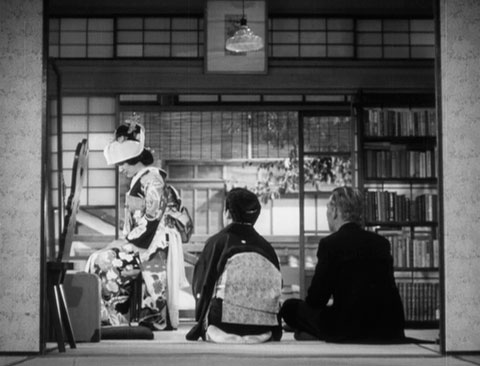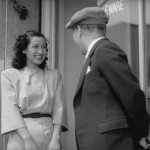Dir. by Yasujiro Ozu
Ozu’s name came up often last week at TIFF, most frequently in regard to Hirokazu Kore-eda’s domestic drama, Still Walking, and Claire Denis’s 35 Shots of Rum, which was directly inspired by Late Spring. I watched Late Spring for the first time last night (yeah, I know) and had a grand time spotting the details that echo throughout Denis’s film. Mostly, though, I was struck by just how strange a filmmaker Ozu really is, particularly in his cutting. It made me realize that I’m not so sure, exactly, what we mean when we call a film “Ozu-like.” (See Girish’s “Received Ideas in Cinema” post.)
Scene 1: Depth of Field
Ozu constantly breaks the rules of traditional continuity editing, often by moving his camera along the z-axis and taking full advantage of the depth of his location. The breaks in continuity aren’t quite as jarring as one might expect because he cuts to what could be (but aren’t quite) point-of-view shots. In this scene from the beginning of the film, for example, Ozu moves in only three cuts from one side of the room to the other, swinging the camera 180 degrees with each cut.
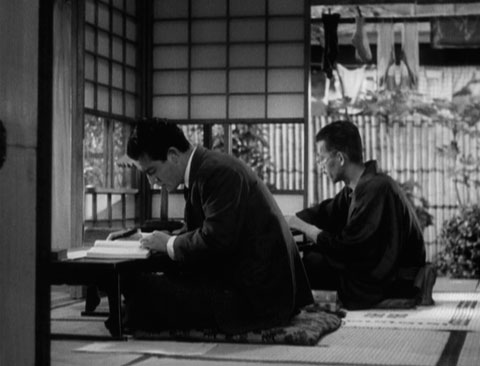
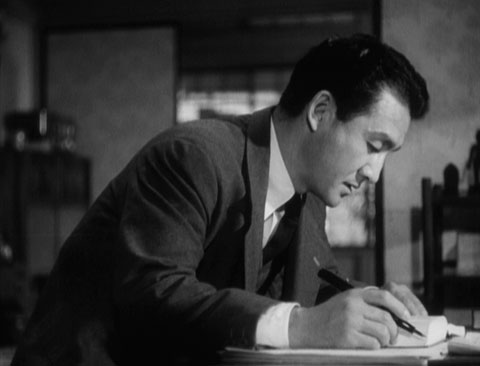
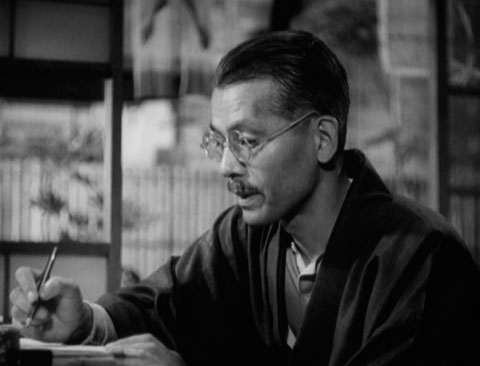
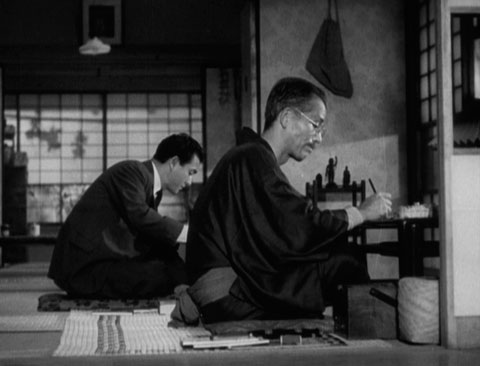
Scene 2: Cutting at a Right Angle
Only two physical cuts here, though I’ve included two stills from the first shot because Ozu’s movement of the actors from one side of the window to the other functions as a kind of match-on-action edit. Again, the 90-degree cut feels relatively natural because, in this case, the characters have stepped aside to make room for the camera. We’ve essentially adopted their former p.o.v. I can’t resist mentioning that this chance encounter is an important “turning point” in the film.
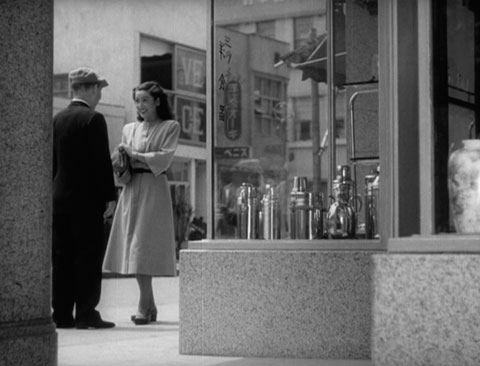
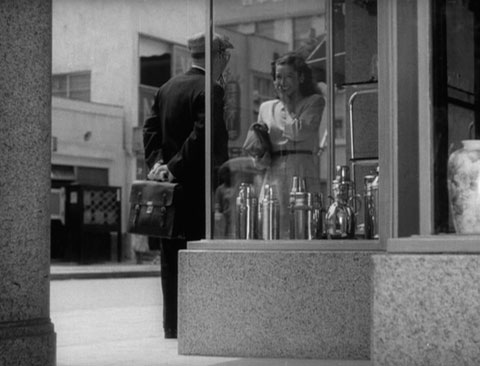
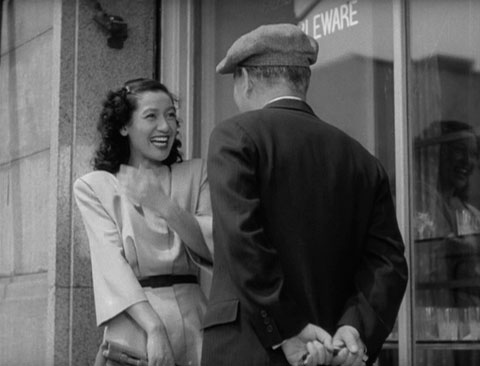
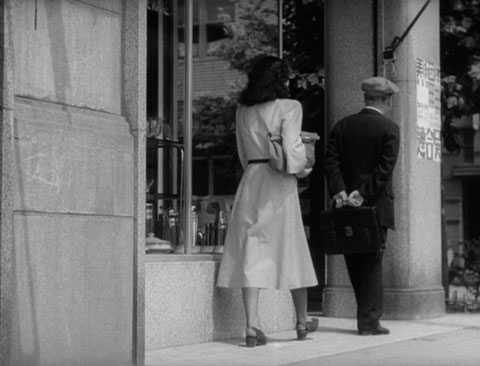
Scene 3: Mirror Images
The wedding day. As in scene 1, Ozu again works his way from one side of a room to the other, swinging his camera 180 degrees with nearly every cut. But this time there’s an added wrinkle: the bride (Setsuko Hara) is kneeling before a mirror, which allows Ozu to cut between full-face shots of her and her father (Chishu Ryu), despite their being positioned at a right angle to one another (see shots 3 and 4). It’s a beautiful and touching scene, but its power, I think, is generated by the montage, which is syncopated and defamiliarizing and forces viewers to constantly reorient themselves to what is, otherwise, a commonplace tragedy of domestic life.
